Millions of years ago, shifting rock layers created a tectonic basin that eventually filled with glacier melt and rainfall, giving birth to Lake Titicaca. Back then, the water level was 60 to 100 meters higher than it is today.
In Inca mythology, Lake Titicaca was the starting point of creation. According to legend, the god Viracocha rose from its waters to create the sun, the stars, and the first Inca rulers.
Sitting at an altitude of 3,800 meters (12,500 feet), Lake Titicaca is the world’s highest navigable lake. Its waters stay calm and icy year-round, with an average temperature of 13°C (55°F), dipping to 11°C (52°F) in winter and warming slightly to 15°C (59°F) in summer. The coldest months are July, while the warmest stretch from December to March.
Location
Lake Titicaca is located on the high plateau of the Central Andes, straddling the border between Peru and Bolivia. It covers an area of approximately 8,500 square kilometers and reaches a depth of 280 meters. It is the second-largest lake in South America.
Fauna and flora
Lake Titicaca is home to an incredible diversity of wildlife, including over 350 species of waterbirds. Among them are ducks, grebes, and flamingos.
Fish species include suche, trout, and carachi, while amphibians are limited to the giant Titicaca frog and the Titicaca grebe, both of which live near the lake.
The lake also supports 12 types of aquatic plants, most notably totora reeds, which have a wide range of uses for the local communities.
On land, animals such as foxes and guinea pigs are common in the surrounding areas. Remarkably, about 90% of the fish species in the lake are endemic, meaning they can’t be found anywhere else in the world.
What to See and Do at Lake Titicaca
Lake Titicaca offers endless reasons to visit. Cruising its calm waters is an unforgettable way to connect with nature and explore its fascinating islands.
The Floating Islands of the Uros
One of the main highlights of Lake Titicaca is the floating islands, home to the Uros people. They belong to one of the oldest cultures in the Americas, with origins that go back even further than the Incas.
The Uros, often called “people of the water,” rely on fishing and hunting for their food. Many also create textiles from alpaca wool and work in tourism, which has become an important part of their livelihoods.
What makes these islands so unique is how they’re built. In the shallow parts of the lake, totora reeds grow in abundance. The Uros harvest these reeds to create the islands, stacking layer after layer. Since the bottom layers eventually rot from contact with the water, they need to add fresh reeds regularly to keep the islands afloat.
Taquile Island
Taquile Island is a small, quiet spot with around 2,200 residents, but its natural beauty leaves a big impression. At its highest point—4,050 meters above sea level—you’ll be rewarded with incredible views of Bolivia’s snow-covered Cordillera Real across the lake.
As you explore, you’ll notice the island’s hills are lined with Inca terraces and scattered with ancient ruins. These remnants of the past feel like stepping into the history of the Inca Empire. But what really stands out is the people. The locals have held onto their traditions for generations, and their way of life is woven into everything you’ll see and experience on the island.
Amantaní Island
Just a few kilometers from Taquile is Amantaní Island, a place where natural beauty has remained untouched despite being a popular spot for visitors. One of the best things to do here is hike along the island’s trails to the Pachamama and Pachatata ruins, which are incredibly well-preserved.
Amantaní offers one of the most authentic cultural experiences in Peru. You can spend the night with a local family, who will welcome you as part of their community and share their traditions and stories. You’ll also have the chance to join in on activities like weaving textiles or helping with farming and livestock, giving you a deeper connection to life on the island.
How to Get to Puno
If you’re planning to visit Lake Titicaca, your first stop will be the city of Puno. Here’s how you can get there from Lima:
By Plane
Fly from Lima’s Jorge Chávez International Airport to Juliaca, landing at Inca Manco Cápac International Airport. The flight takes about 1 hour and 30 minutes.
From Juliaca, it’s another hour by bus or taxi to Puno, where Lake Titicaca is located.
Keep in mind that there are no direct flights from Lima to Puno.
By Bus
You can catch a bus from Lima to Puno, which takes roughly 20 hours. While it’s one of the most affordable options, the long duration can make it tiring, so it’s best for those who don’t mind spending an entire day on the road.
By Train
You can also take the PeruRail Titicaca train from Cusco to Puno. The trip lasts about 10 hours and 30 minutes and offers a scenic and unique travel experience.
Where to Stay in Puno
Here are some options for accommodations, whether you’re staying in the city or looking for something unique on Lake Titicaca:
Kaaro Hotel:
Located just a short walk from Puno’s Plaza de Armas. This rustic 3-star hotel offers 33 rooms, many with lake views, and is close to major landmarks like the Cathedral and Parque Pino. It’s a good choice if you want to explore the city without venturing too far from their base.
Hotel Hacienda Plaza de Armas:
You really can’t beat the location of this hotel—it’s right on Puno’s main square. If you’re planning to spend your days wandering around the town and visiting Lake Titicaca, this 3-star spot keeps you at the center of everything. Simple, practical, and perfectly situated.
Uros Titicaca Lodge:
Now, if you’re after something completely different, this is it. Uros Titicaca Lodge sits on one of the floating islands, and yes, it’s as unique as it sounds. Staying here means you’re living right on the lake, surrounded by the Uros community. It’s not luxury, but the experience of sleeping on a handmade island and learning about their traditions is absolutely worth it.
Lodge Ttilaka:
Looking for something more secluded and upscale? Titilaka Lodge is perched on a private peninsula, offering incredible lake views from every room. It’s a bit further from Puno, but that’s the point—you’re escaping the bustle and immersing yourself in the beauty of the lake. It’s perfect for travelers who want to relax in comfort while staying connected to local culture.
Uros Amaru Marka Lodge:
This lodge is another floating island located about 7 kilometers from Puno. Run by the Uru community, you can have an authentic experience learning about their way of life. You’ll get hands-on experiences, like trying their fishing techniques or learning how to weave, all while staying in a truly unique setting.
Tips for your visit
The altitude and weather can catch you off guard if you don’t plan ahead. Here are some practical tips to help you make the most of your trip:
- Acclimate properly: Spend a couple of days at lower altitudes before heading to the lake. Altitude sickness (soroche) is no joke, and adjusting slowly can make a big difference.
- Pack for the cold: Temperatures drop quickly, especially at night. Bring layers—think warm clothes, a poncho, a waterproof jacket, and a windbreaker.
- Don’t forget accessories: Gloves, a hat, and a scarf will help keep you comfortable in the chilly air.
- Choose the right footwear: Sneakers or hiking boots are essential for exploring the islands and uneven trails.
- Stay hydrated: Drink plenty of water to help with the altitude.
- Avoid alcohol and smoking: These can worsen the effects of the altitude.
- Eat light but smart: Stick to easy-to-digest, calorie-rich meals.
- Try coca leaves or tea: Locals swear by coca to help prevent or relieve altitude sickness. It’s worth giving it a shot.
- Take it slow: Hiking or even walking too quickly can leave you short of breath.
Best Time to Visit Lake Titicaca
If you’re wondering when to go, the dry season (May to September) is hands-down the best time to visit. The weather is more predictable, with clear skies and daytime temperatures ranging between 15°C and 20°C. Nights are colder, so warm clothes are a must.
These months are ideal for exploring the floating islands of the Uros, as well as Taquile and Amantaní. The lake’s beauty really shines when the skies are bright, and you won’t have to worry about sudden downpours interrupting your plans.
Why visit Lake Titicaca
Lake Titicaca is one of those places you just have to experience. Cruising its calm waters and visiting the islands gives you a glimpse into a way of life that’s stayed strong for centuries.
The communities here are keeping their traditions alive, and you’ll see it in everything they do. It’s a trip that sticks with you—simple, beautiful, and unlike anywhere else.

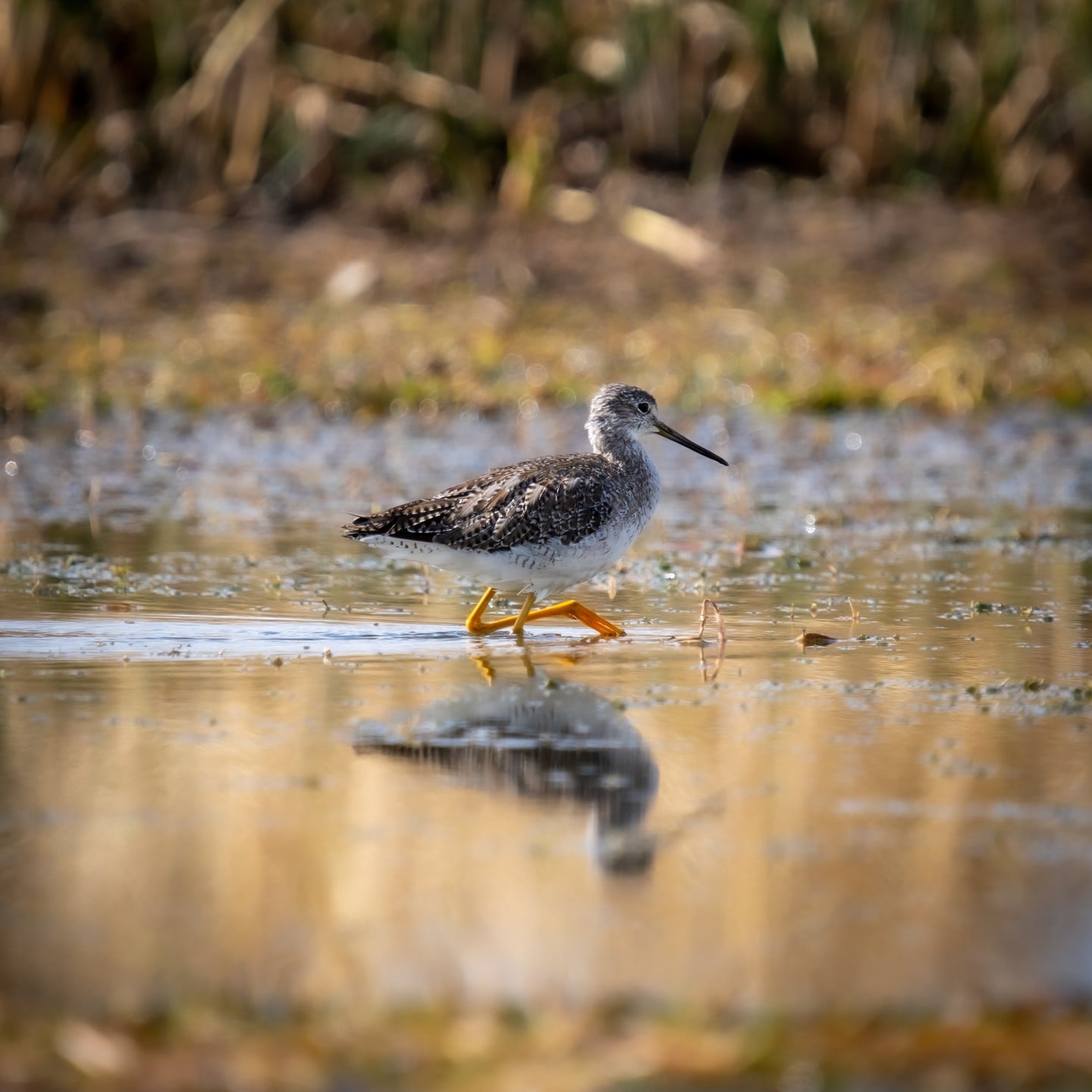
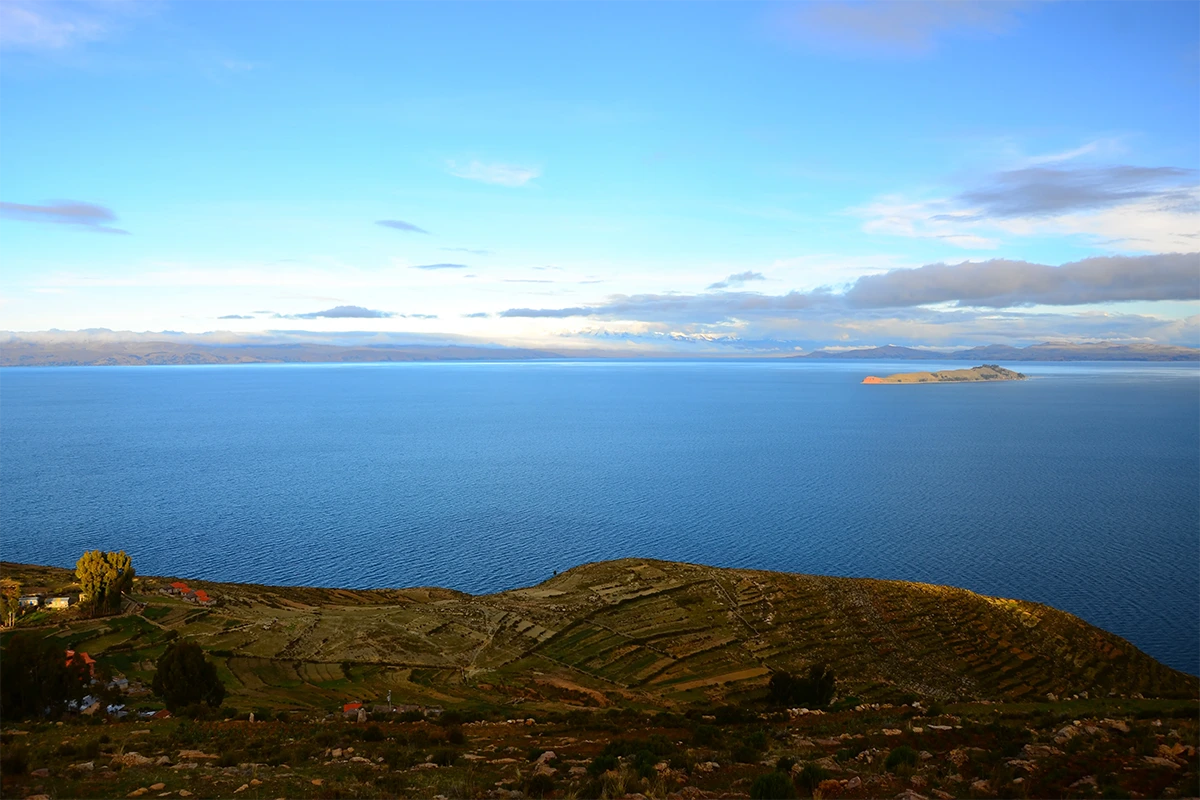
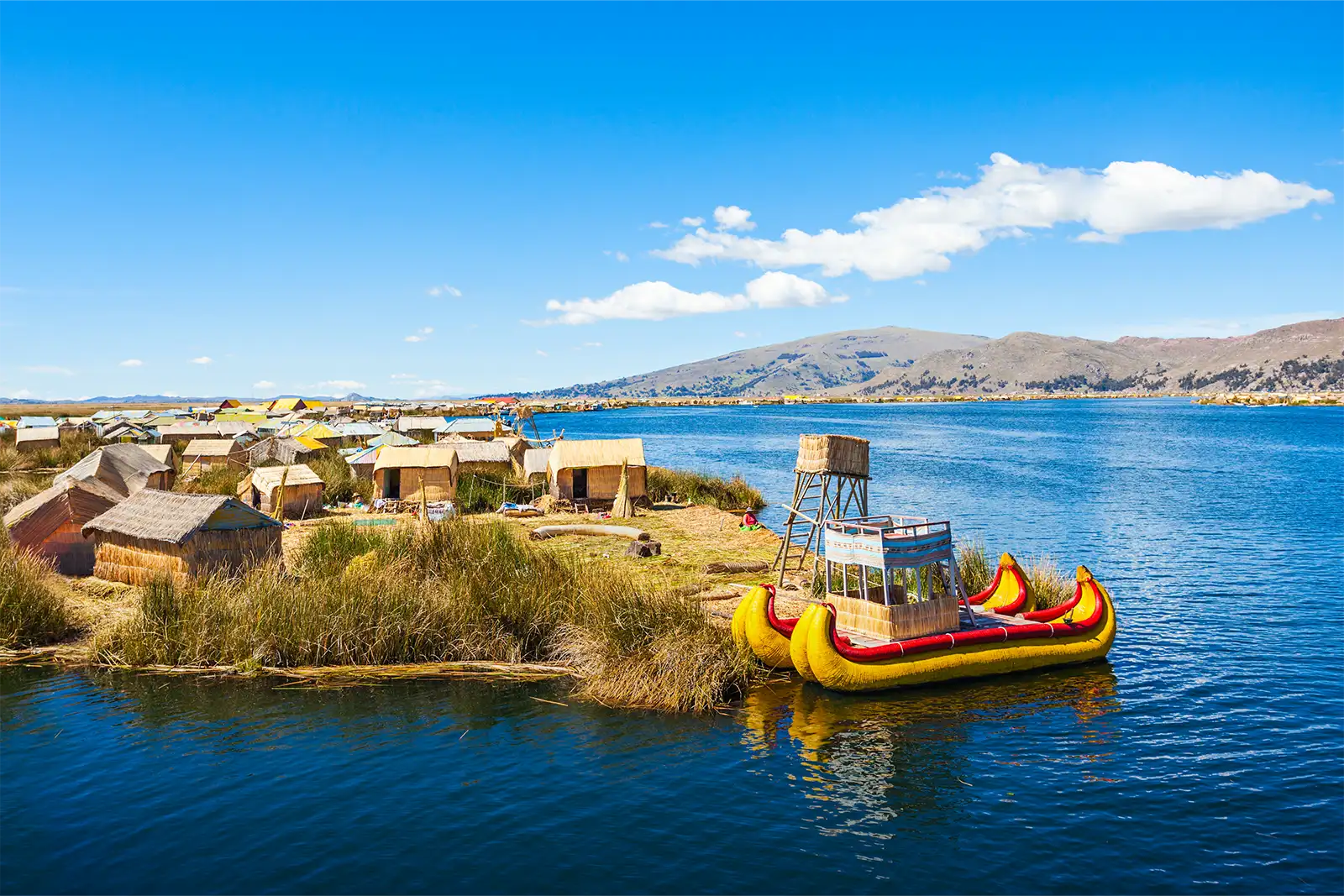
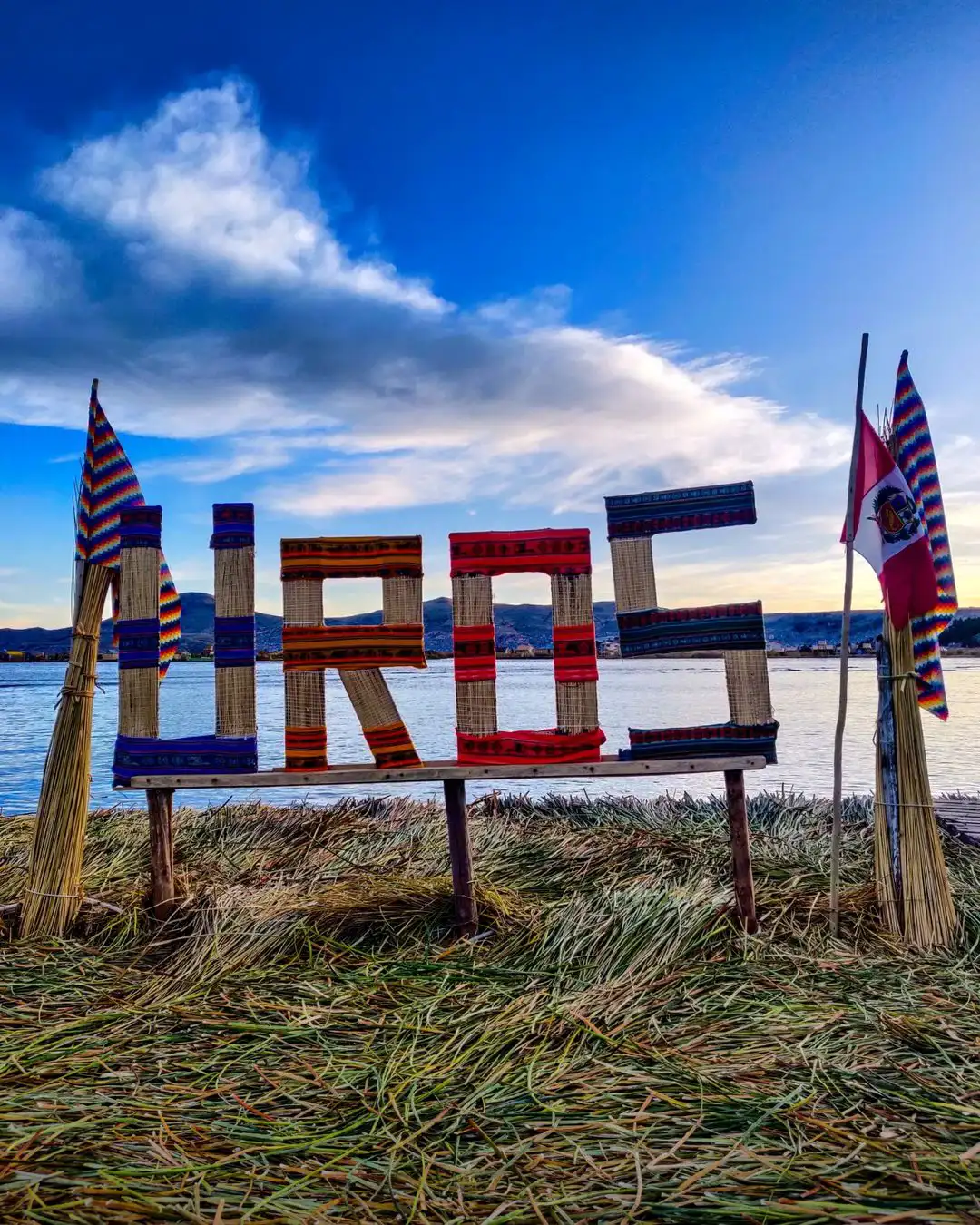
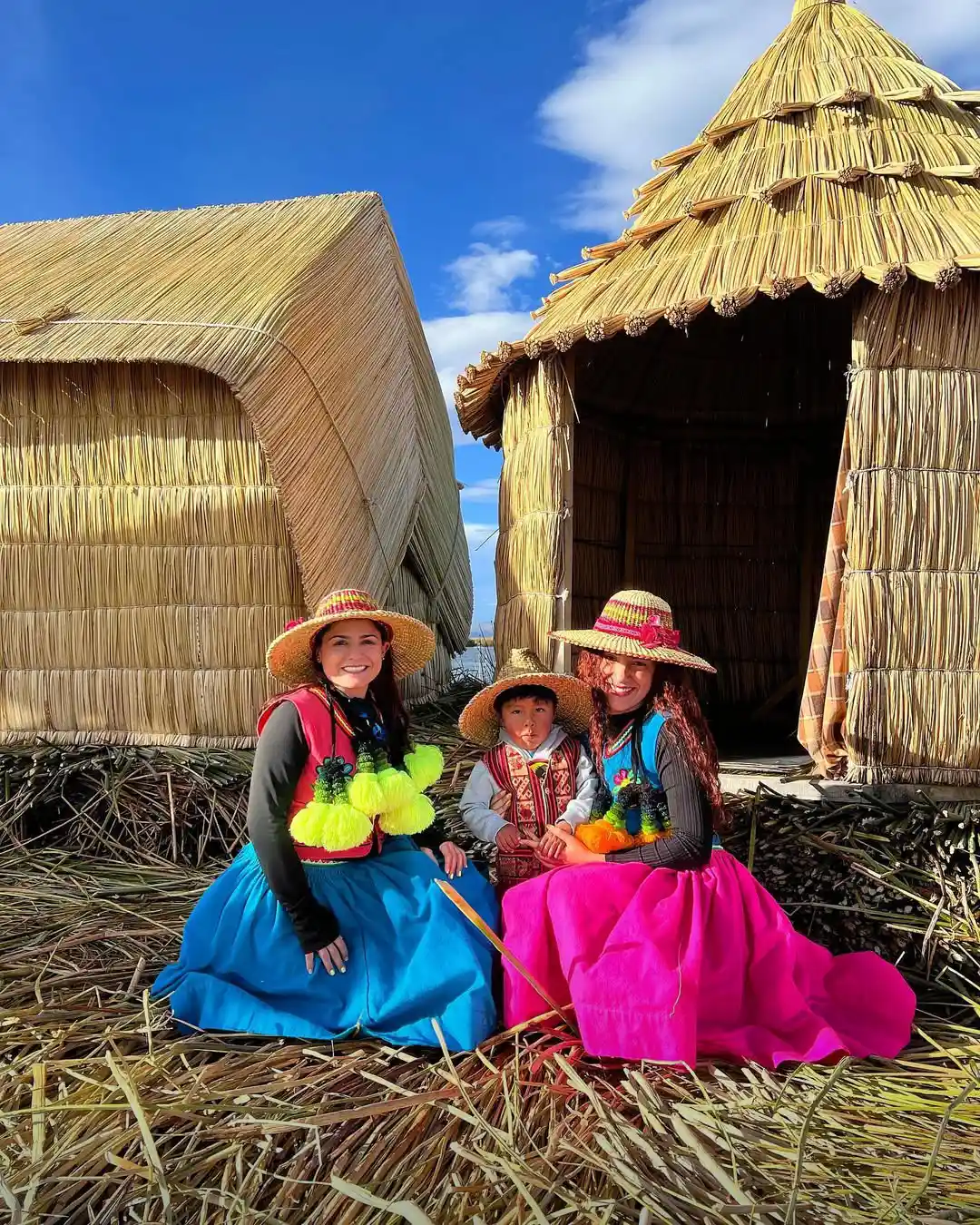
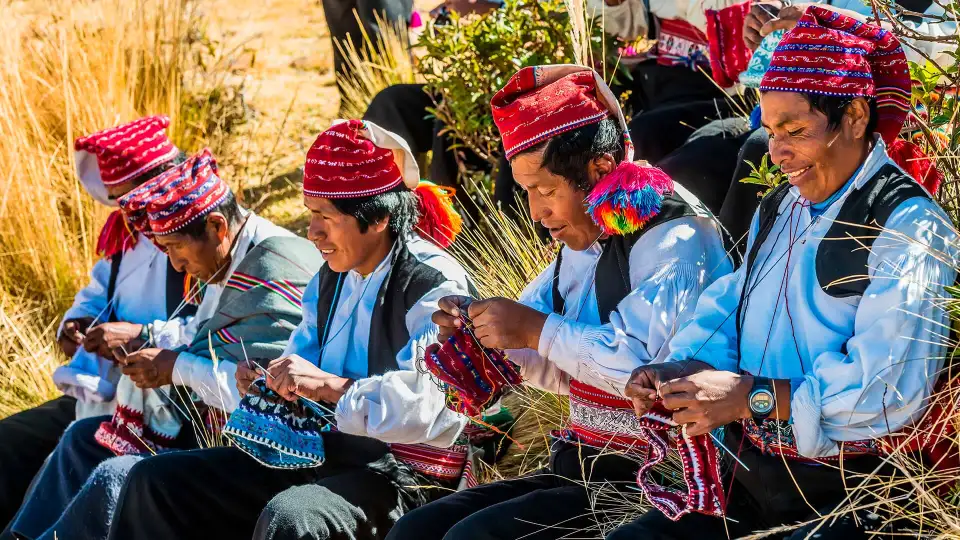
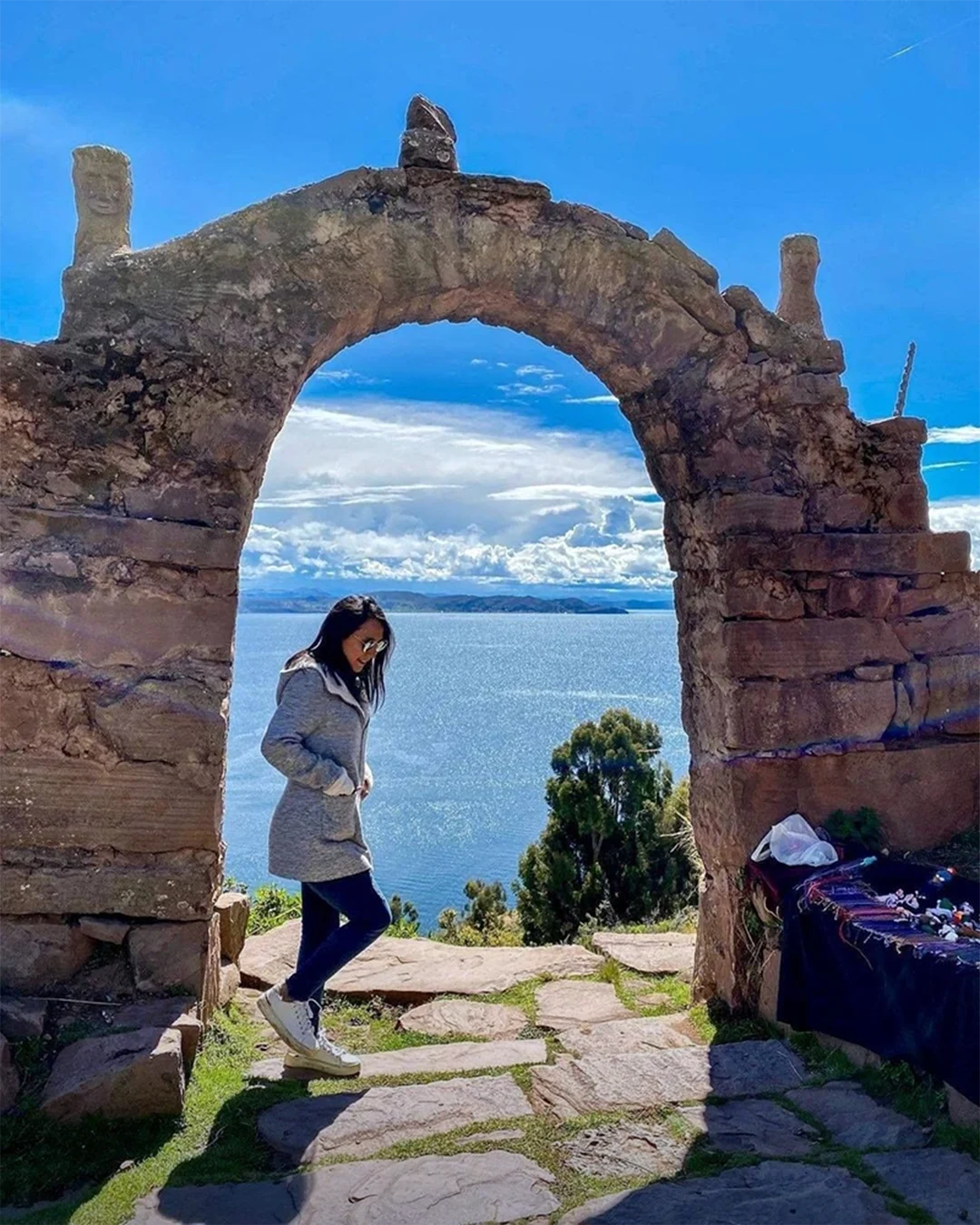
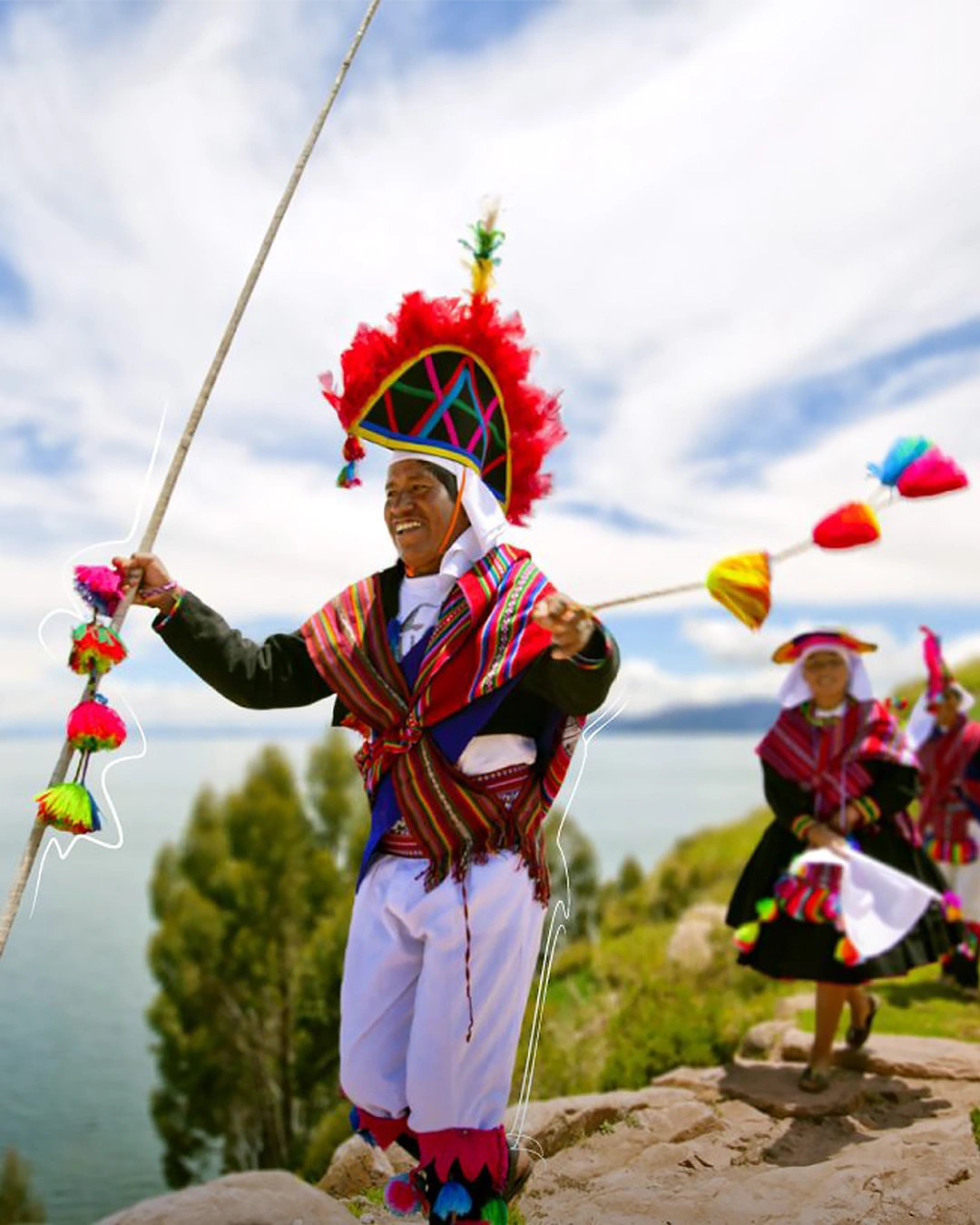
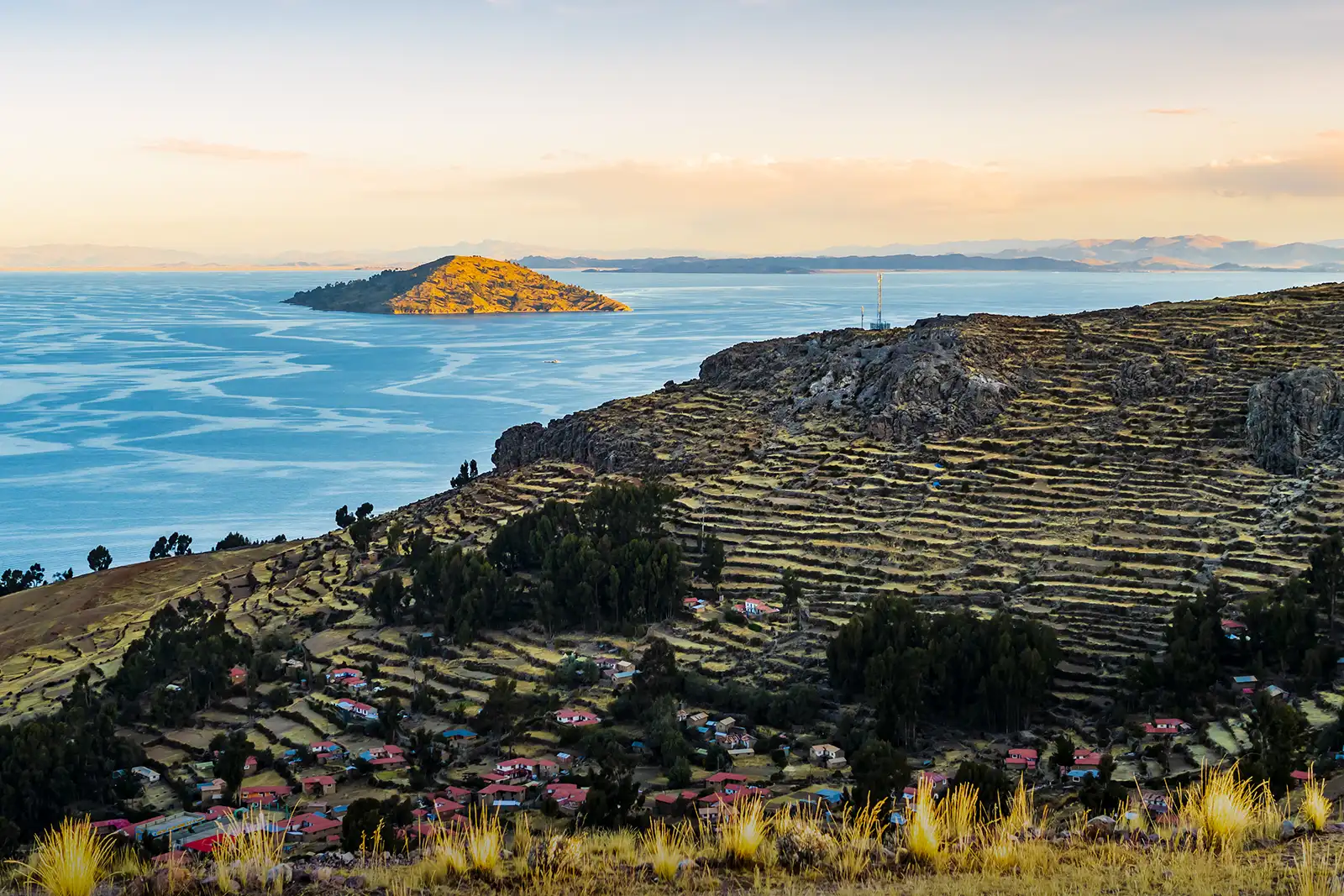
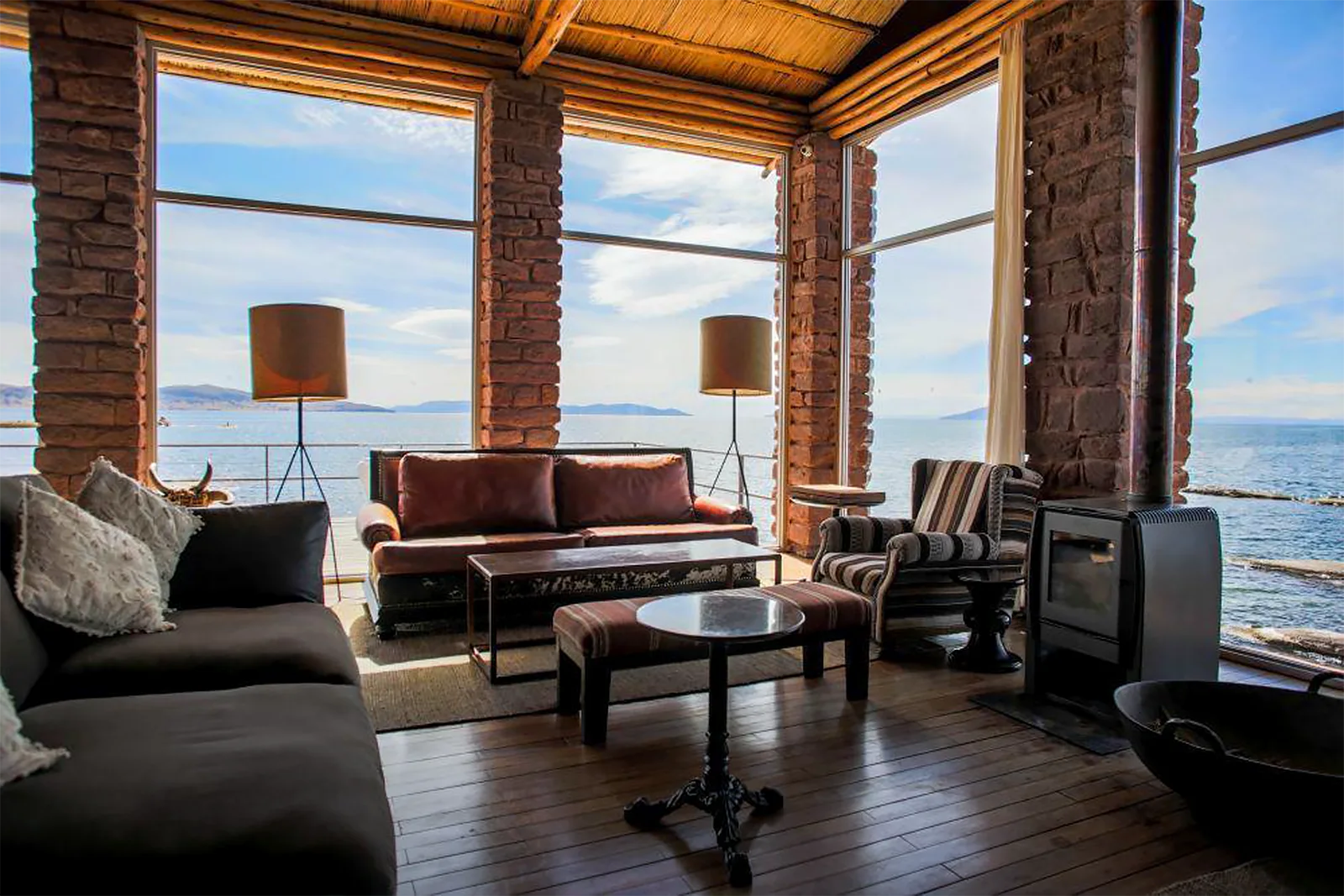
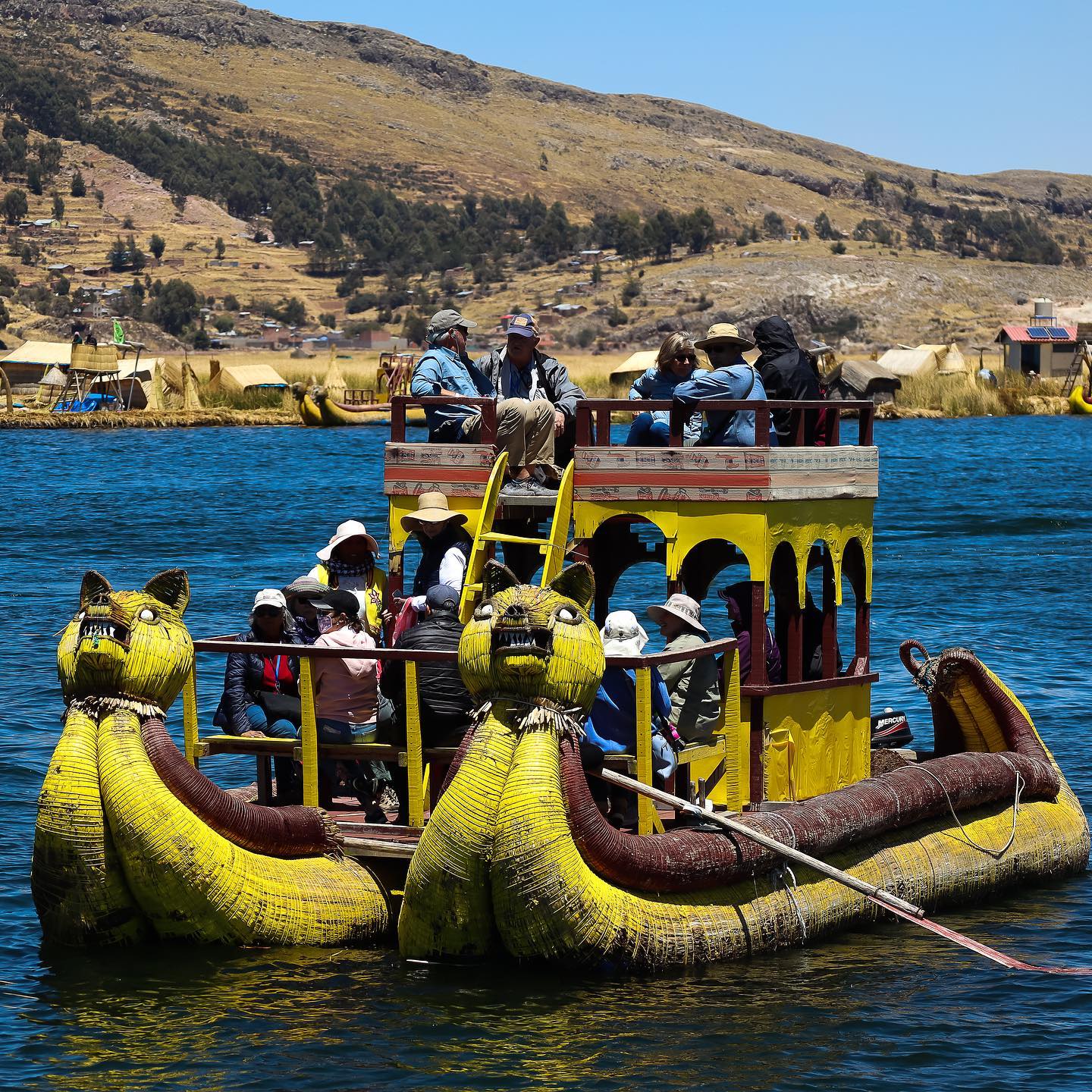
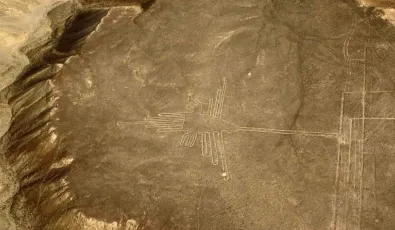
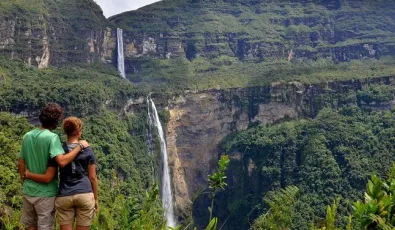
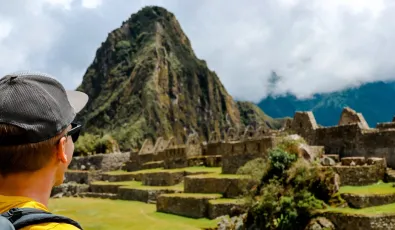

Add new comment